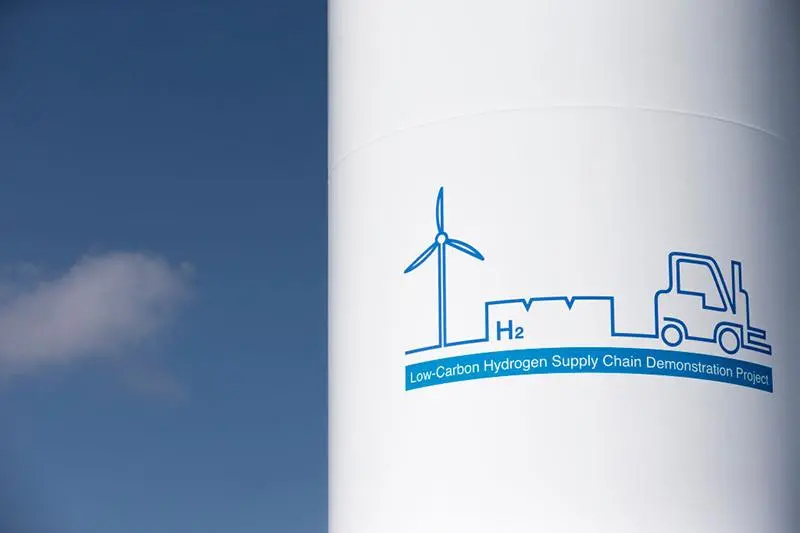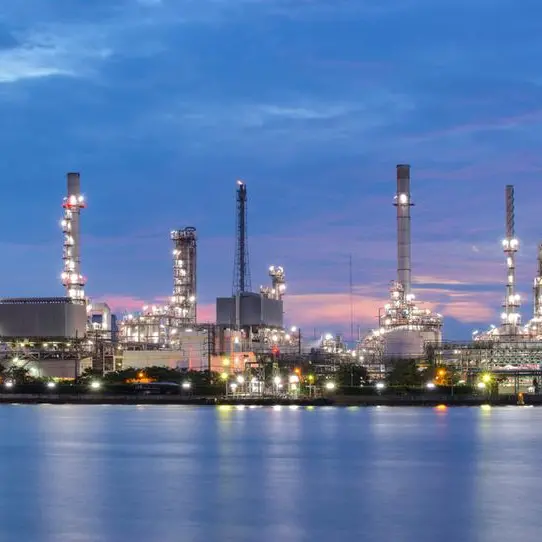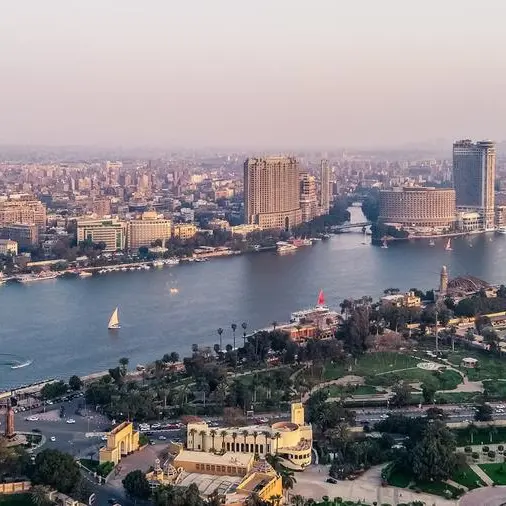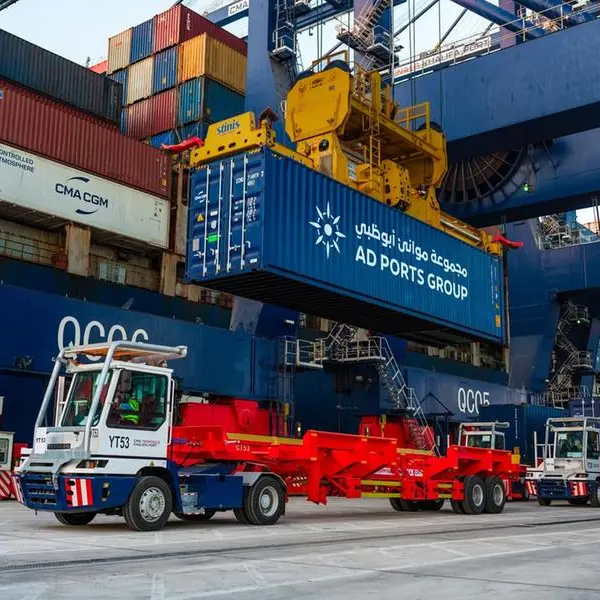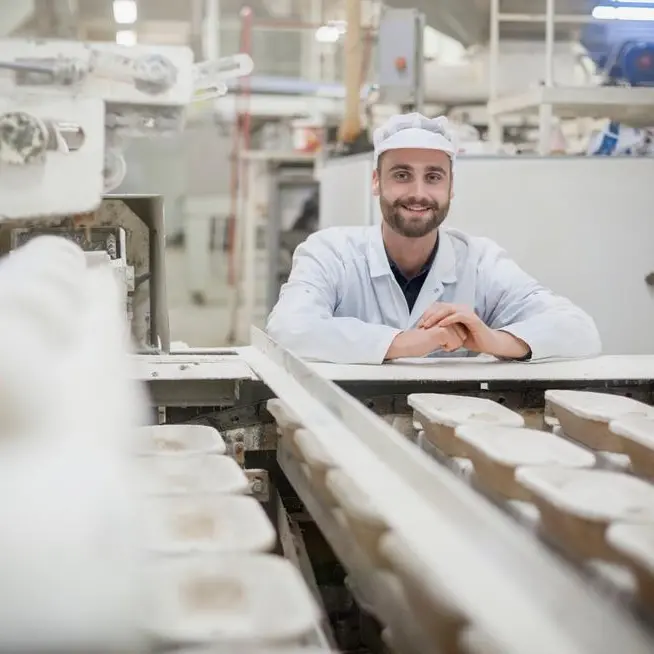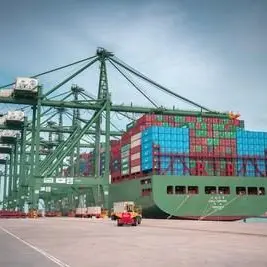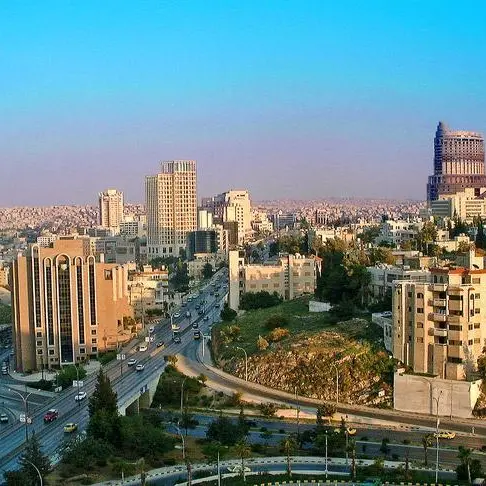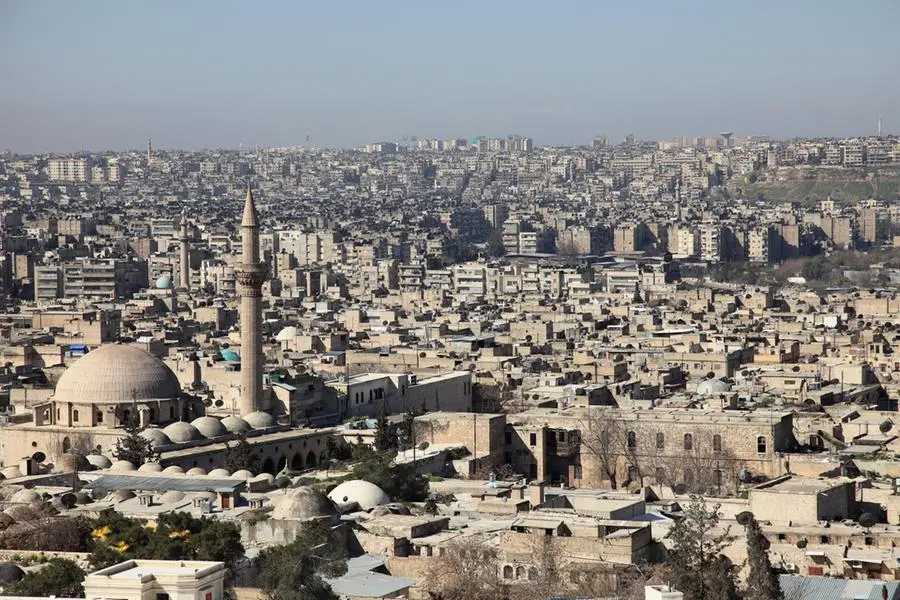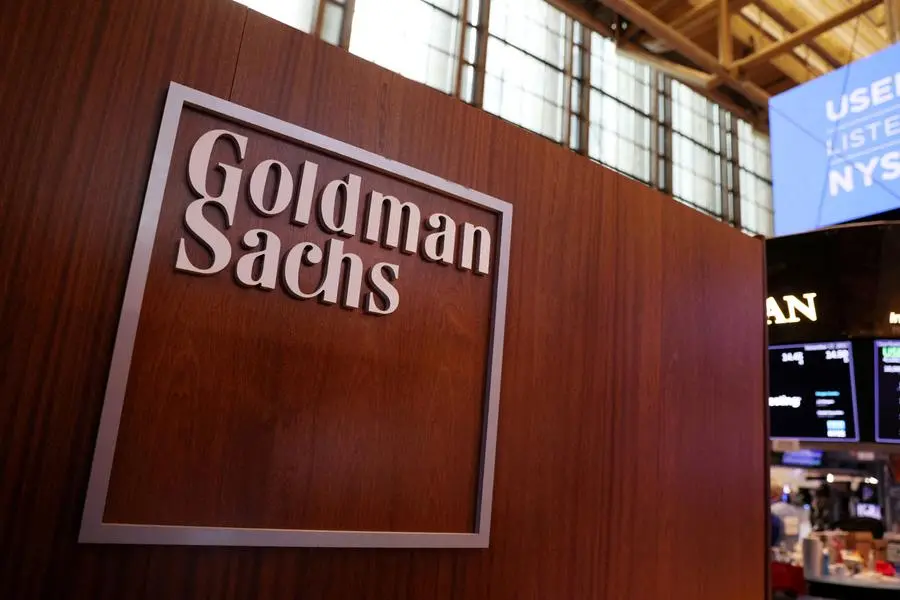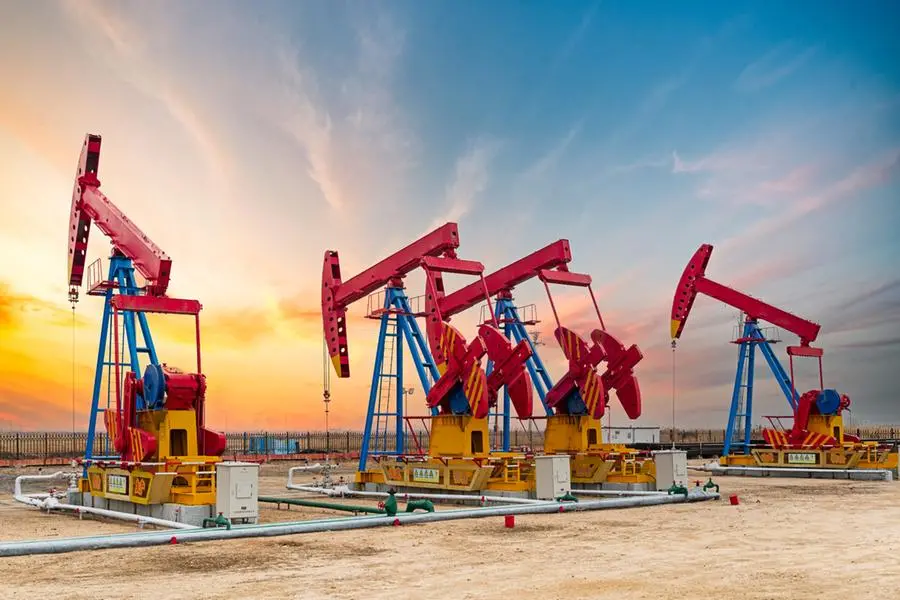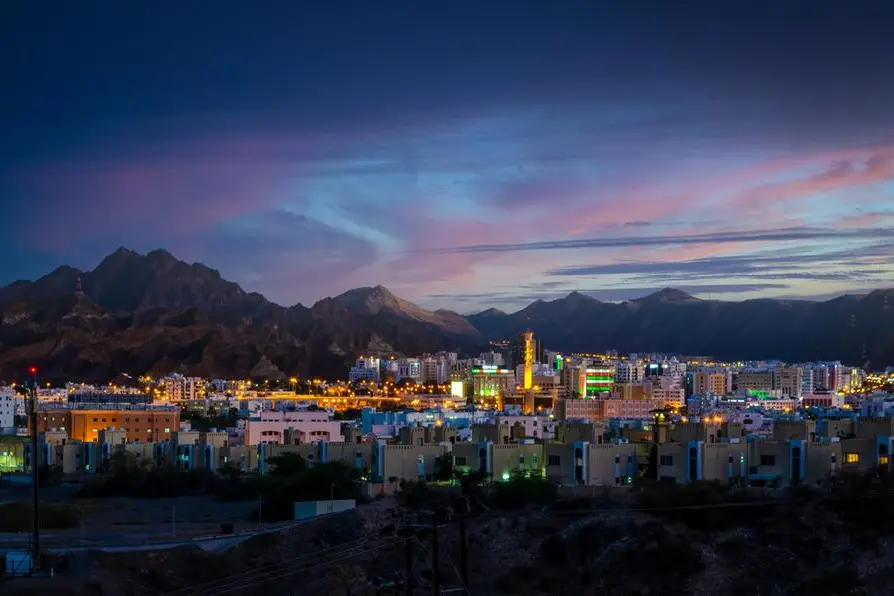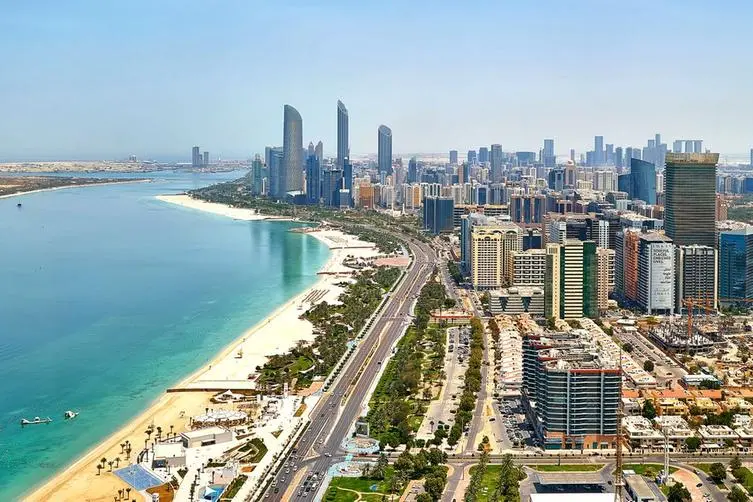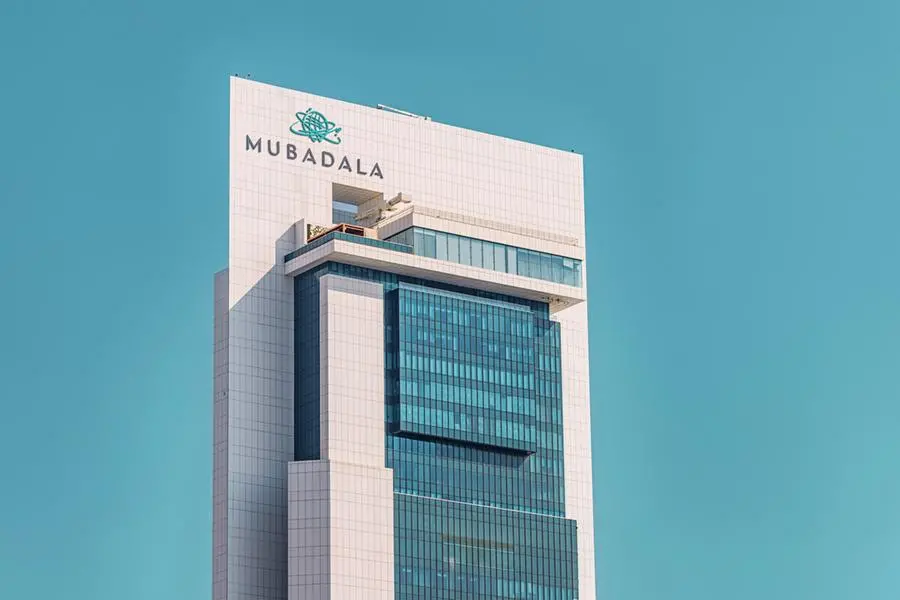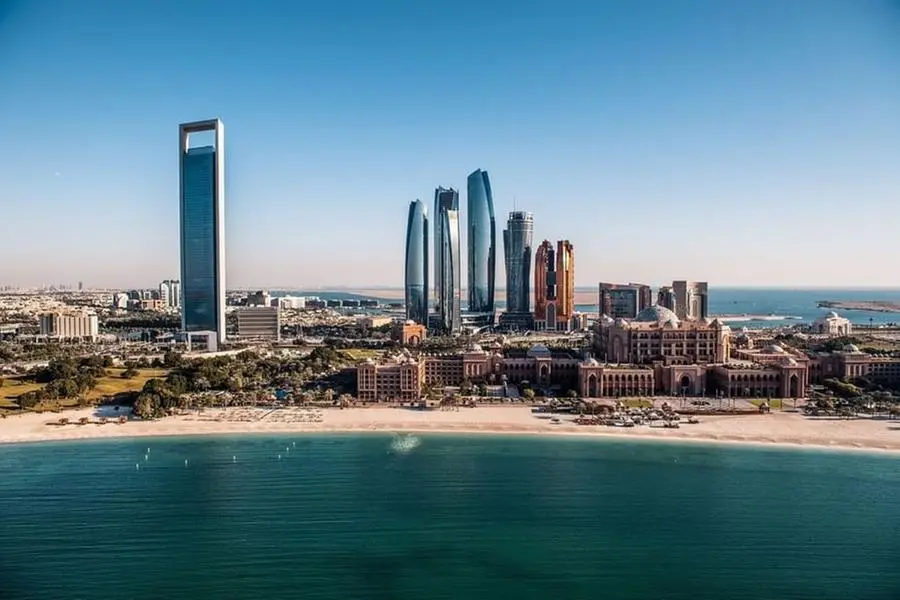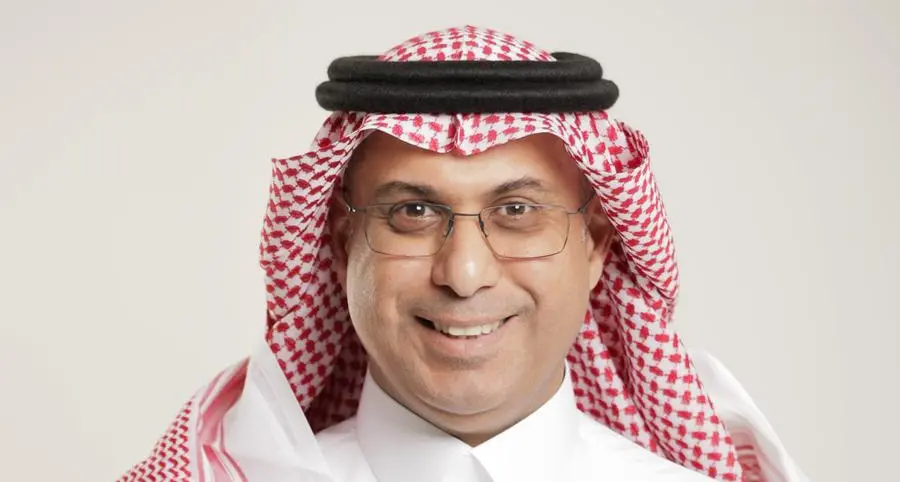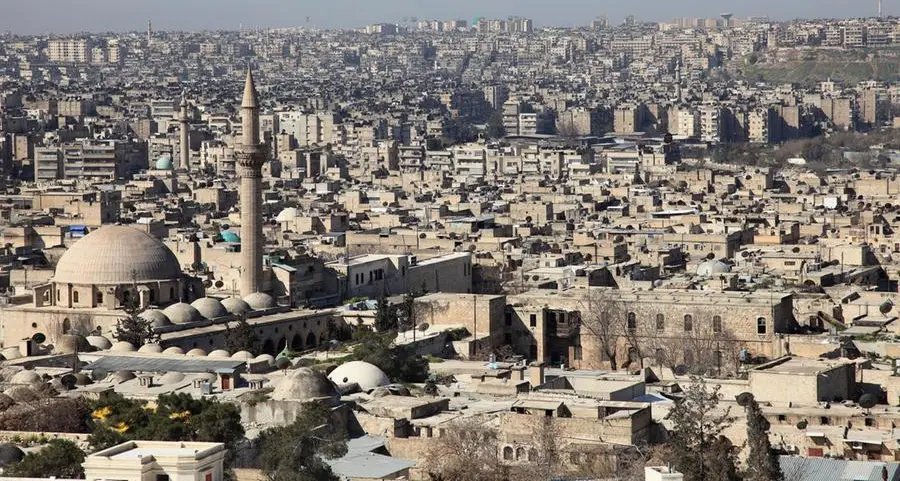PHOTO
Oman's green fuels megaproject, being implemented by a consortium of Hong Kong-based InterContinental Energy, Oman's national energy investment company OQ and Kuwaiti government-backed energy investor and developer EnerTech, is moving forward according to a top official of InterContinental Energy.
Co-Founder and President Alicia Eastman told Zawya Projects that the project, which will consist of 25 gigawatts (GW) of renewable solar and wind energy capacity dedicated to producing green hydrogen and ammonia, is "fully on track" for Final Investment Decision (FID) stage.
"We still intend to have FID by 2025, maybe a bit earlier than the original expectation, with the first offtake agreements due to be in place by 2024," she said on the sidelines of the Middle East Energy event in Dubai on Monday.
The Green Energy Oman (GEO) project will produce 1.8 million tonnes per annum of green hydrogen and up to 10 million tonnes per annum of green ammonia, according to InterContinental Energy's website.
Eastman continued: "The original schedule was 2026, and I think we're trying to hit it by 2025, so it's actually ahead of schedule. The project is being completed in three phases. The first phase of the project, around a third of the total capacity, is progressing well, and there may be overlapping as the second phase will start before finishing construction of the first phase."
With an estimated total build-out capital cost of $30 billion, GEO will be one of the world's largest energy projects, the website said.
Asked if Intercontinental Energy will be taking up similar projects elsewhere in the region, Eastman said: "We have four projects right now. Two in West Australia, one in Oman and Saudi Arabia, we have an MoU with Aramco together with Modern Industrial Investment Holding Group, one of our partners since 2008."
The Aramco MoU, signed in October 2021, involves the development of a green hydrogen and ammonia project in Saudi Arabia.
Meanwhile, the company is not planning to enter the UAE in the near future as its model "is to have projects where there is a lot of sun during the day and wind at night."
"There is no wind here (in the UAE). But, of course, we are interested in other forms of renewable energy, potentially hydro and geothermal, that could be used and increase capacity. This obviously happened in specific places, so we have to weigh those factors," Eastman explained.
The company's two projects in Western Australia are:
- The Asian Renewable Energy Hub (AREH) comprises 26GW of upstream wind and solar, capable of producing approximately 1.8 million tonnes per annum of green hydrogen and up to 10 million tonnes per annum of green ammonia with an estimated total build-out capital cost of $36 billion.
- Western Green Energy Hub, comprising up to 50GW upstream wind/solar, equates to approximately 20MTPA green ammonia downstream with an estimated total build-out capital cost of $70 billion.
(Reporting by Bhaskar Raj; Editing by Anoop Menon)
